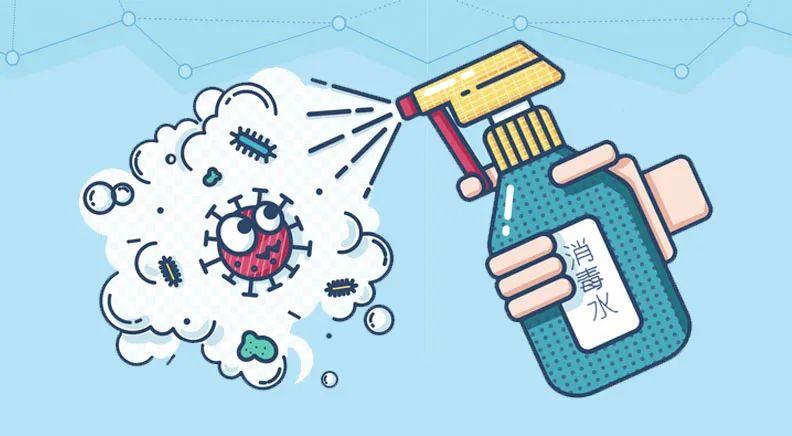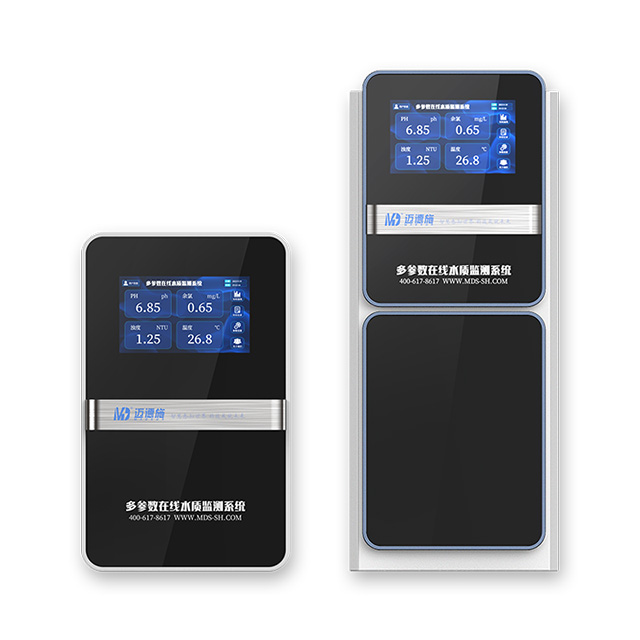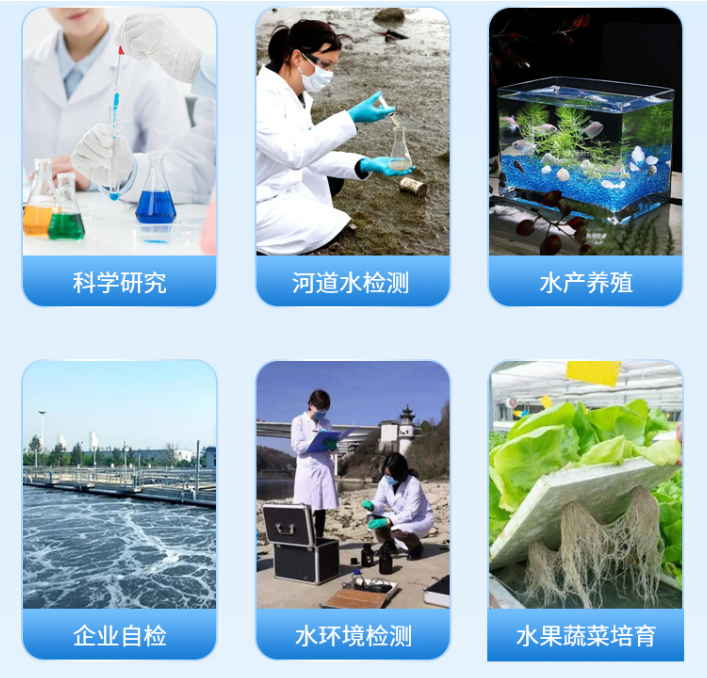Can't Figure Out the Relationship Between Total Chlorine and Residual Chlorine? When Operating the Online Detector in Summer, These Details Determine Success or Failure
Many enterprises often make a common mistake in water quality monitoring: they mistake total chlorine for residual chlorine, rendering all disinfection efforts futile.
A common misconception among many enterprises in water quality monitoring is that "measuring total chlorine is enough." However, in reality, only residual chlorine within total chlorine has bactericidal capabilities. It's like thinking that buying a whole box of medicine can cure an illness, without realizing that only a part of it actually works. As a result, when the residual chlorine is insufficient, enterprises remain completely unaware. Now, let's have a detailed explanation from Madeasy, a manufacturer of residual chlorine water quality analyzers.

This issue becomes even more prominent in summer. High temperatures act like a "residual chlorine consumption accelerator," causing residual chlorine to decrease rapidly. If the monitoring target is misidentified, serious problems can arise. For example, drinking water may develop an unpleasant odor, making it difficult to drink; the number of germs in swimming pools may exceed the standard, threatening people's health. Therefore, enterprises need to clarify the relationship between total chlorine and residual chlorine before considering the configuration of online monitors in summer.
Understand in One Minute: The Difference and Connection Between Total Chlorine and Residual Chlorine

Let's use an intuitive analogy. Total chlorine is like "a tank of water," residual chlorine is "the drinkable part of the water," and combined chlorine is "the undrinkable part." The content of residual chlorine is crucial. If the residual chlorine is too low, disinfection will fail, and germs in the water will grow rampantly; if the residual chlorine is too high, the water will produce an unpleasant odor and may be corrosive. Therefore, enterprises need to control the residual chlorine within the standard range. For example, the residual chlorine content in drinking water generally requires 0.05 - 4mg/L.
Different application scenarios focus on different aspects of residual chlorine and total chlorine. In places like swimming pools and water treatment plants, residual chlorine must be closely monitored as it is directly related to people's health; in industrial circulating water, more attention may be paid to total chlorine, mainly to prevent equipment corrosion.
When Installing an Online Residual Chlorine Detector in Summer, Avoid These 3 "Pitfalls"

1. Impact of Direct Sunlight
In summer, sunlight is intense, and strong light can decompose residual chlorine. If the sensor is installed in an open - air location without a sunshade, the detected data will be lower. It's like when you stand in the sun for a while and some of your body's water evaporates, making your measured weight inaccurate. Therefore, sun protection measures must be taken for the automatic residual chlorine sensor.
2. Interference from Rainwater Mixing
Heavy rain can cause fluctuations in the pH value of the water body, which affects the detection of residual chlorine. Since a high pH value reduces the activity of residual chlorine, the equipment is best equipped with a pH compensation function. It's like installing a "smart assistant" on the equipment, which can automatically adjust the detection results to make the data more accurate.
3. Reagent Stability
High temperatures in summer can easily cause the detection reagents to deteriorate. To reduce the frequency of reagent replacement, it's best to choose equipment with a "reagent - free" or "low - temperature storage" design. This can avoid inaccurate detection due to reagent problems.
Case: Enterprises Suffered Great Losses Due to Neglecting These in Summer

A swimming pool in a residential community did not use a residual chlorine detector with temperature compensation in summer. The actual residual chlorine was already below the standard, but they were unaware. As a result, tourists suffered from skin allergies, and the pool received complaints and was fined 50,000 yuan. Another drinking water plant did not calibrate the equipment in time after a heavy rain. The residual chlorine data showed normal, but in fact, it was insufficient, resulting in the bacteria in the outgoing water exceeding the standard. Finally, the plant had to shut down for rectification.
Residual chlorine is very important, and enterprises should not be "misled" by the total chlorine data. When configuring an online residual chlorine detector in summer, they must pay attention to interference factors such as temperature, light, and pH, and do a good job in equipment protection and calibration. Everyone must attach great importance to residual chlorine management in summer to avoid losses caused by improper monitoring. If you have any questions, please feel free to consult Madeasy, a manufacturer of residual chlorine water quality sensors.
As a leading chlorine sensor Manufacturer, Madeasy offers high - quality Digital residual chlorine sensor and online residual chlorine detector. Our products are designed to provide accurate and reliable data, helping you better manage your water quality. Whether you are dealing with swimming pool water, drinking water, or industrial circulating water, our sensors can meet your needs.
In conclusion, understanding the relationship between total chlorine and residual chlorine and taking appropriate measures when using online residual chlorine detectors in summer are essential for ensuring water quality and avoiding potential risks. With the right equipment and proper management, you can effectively protect public health and the normal operation of your business. If you are interested in our products or have any questions, please don't hesitate to contact us.
Previous: What Enterprises Must Know: Residual Chlorine is More Than Just a
Next: 4 Real Reasons for the Surging Demand for Online Residual Chlorine Detectors in Summer: What Pools and Water Plants Are Competing For

